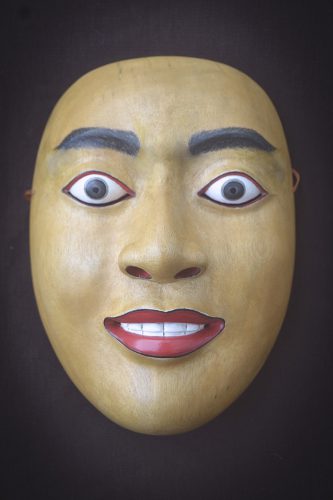THE WONDROUS LIFE OF WALTER SPIES (Upcoming Documentary)
THE WONDROUS LIFE OF WALTER SPIES
https://youtu.be/I1GmBW6UH78
Walter Spies: The first European artist to settle in Bali almost a hundred years ago. His life was a spectacular one, venerated by the Balinese until today, forgotten by the Germans.
Born in pre-revolutionary Moscow to an upper-class Russian-German family, Spies showed extraordinary talent in art and music at an early age. His carefree days ended abruptly with the outbreak of the First World War. On the trail of adventure, he finally arrived in Berlin.
Berlin in the 1920s was a hub for influential artists from around the world, where the boundaries between art and life blurred. In this backdrop, Spies was able to freely express his homosexuality despite Germany’s laws at the time. He quickly won his way into the heart of the artistic and social avant-garde. The famous filmmaker Friedrich Murnau became his great love and involved Spies in the making of the film “Nosferatu”.
But even in the liberal Berlin of the 20s, Spies did not find the level of freedom he sought. As most of his contemporaries soon started to sympathise with National Socialism or flee from it, Spies boarded a cargo ship in October 1923 and left Germany for good.
A few years later, he was to discover the secret paradise that is Bali. His openness and natural curiosity towards the Balinese gained him popularity and gathered the local artists around him. His story quickly got around to the West. Hollywood greats like Charlie Chaplin and others began to visit and acquire his works of art, which seemed reminiscent of Henri Rousseau’s style. Indeed, Spies brought surrealism to the tropics.
Surprisingly, his remarkable story has never been told in film. After various visits to Bali and Java, I am convinced that this extraordinary tale is particularly worth telling today because it completely debunks the usual stereotypes of colonialism and post-colonialism in culture. According to the Balinese and Javanese, Spies did not exploit them but was rather inspired by them to reimagine a completely new style in life and art, and at the same time set Balinese art on the path to modernity. Bali’s world-famous mystical KECAK dance, for example, was developed by the Balinese dancer Limbak together with Spies.
The search for traces throughout the adventurous cultural landscape of Bali has led me to those artists who have kept the heritage of Spies alive to this day. Dewa Ayu Eka Putri from Ubud is among the most talented dancers of her generation and performs in the local temples among friends and relatives at the Çudamani ensemble.
Wayan Dibia, seen as the “guru” of Balinese mask theatre, created a play in 2012 about Walter Spies’ life in Bali together with Dewayu’s uncle, the composer Dewa Berata. The play also features celebrity characters such as Chaplin and Margaret Mead.
Anak Agung Gede Rai is the longtime Chairman of the Walter Spies Society in Bali. The museum he founded over twenty years ago is dedicated to Balinese contemporary art, and also to the work of Spies.
Our plan is to revive this mask theatre in summer 2019 for the Bali Festival. The Balinese will thus have the opportunity to tell the extraordinary story of a white artist on the once untouched island through their own eyes in interviews and via the dance performance itself.
In January 1942 a Japanese fighter aircraft sank a prisoner ship off Sumatra and Spies along with it. Tragically swept into the German catastrophe of the twentieth century, the artist met his destiny at the heart of the tropics which extends beyond his short life.
